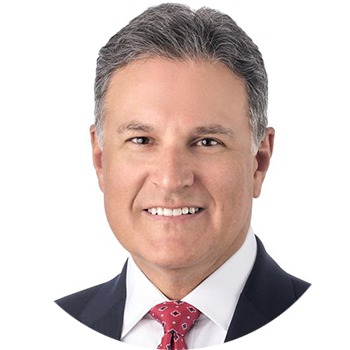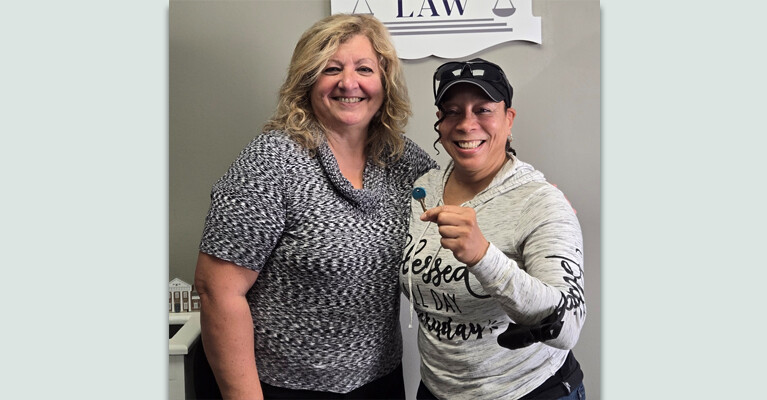With interest rates and home prices at their highest levels in years, many potential homebuyers are hitting a double wall of financial strains when trying to find a home they can afford and pay for it.
However, there are options for homebuyers that can help lessen the impact, especially on their monthly mortgage payments.
Buy Points
Buying points, also known as “buying down the rate,” is a common way for homebuyers with some extra cash on hand to reduce their monthly payments. Even in low interest rate environments, many borrowers might buy points to reduce the total amount of interest paid over the life of the loan.
Here’s how it works.
If you have extra cash after closing costs and your down payment on a mortgage, buying points is a straightforward way to whittle down your interest rate. Each point purchased costs 1% of the mortgage, so buying one point on a $300,000 mortgage would cost $3,000.
Typically, each point purchased lowers the interest rate on your mortgage by approximately 0.25%, so if your interest rate was 5%, it would now be 4.75% for the life of the loan.
Your $3,000 upfront investment buying one point at closing reduces your interest rate, monthly payment and, ultimately, overall cost of the loan.
Get an Adjustable-Rate Mortgage (ARM)
After the 2008 financial crisis, adjustable-rate mortgages’ reputation as a viable means of financing a home took a big hit.
However, ARMs are making a comeback in today’s high rate, high-cost housing market because for the right borrower, they can provide great value and knock down entry barriers.
ARMs typically start with lower interest rates than fixed-rate mortgages and can be especially advantageous to borrowers when rates are higher, and because higher rates cut into the amount of money a homebuyer can affordably borrow, they lose buying power.
An adjustable-rate mortgage can help a borrower regain some of that power by offering a lower introductory interest rate that stays the same for a pre-determined timeframe, usually between three to 10 years, before the interest rate changes.
This can be especially helpful for first-time homebuyers who plan to upgrade before the introductory term expires, or homeowners that expect their household income to increase or to have paid off other debt, such as student loans, over this period of time.
If you go the ARM route, pay attention to interest rates during the introductory period and if the fixed rates dip below your ARM rate, consider refinancing to lock in a fixed rate and term.
ARMs are not for everyone though. If you plan to stay in your new home for the next 10 years or more, an ARM carries substantial risk as once the introductory period expires, your interest rate will likely rise in conjunction with the current rate environment at that time.
It’s also important to remember that just because an ARM could get you more buying power in a higher price range, that doesn’t mean you should do it. You may need to adjust your expectations for how much home you can truly afford and stick with a fixed-rate mortgage to stay within your short- and long-term budget.

Helping you boost your financial intelligence.
Read our financial resources from your friends at WSFS.




